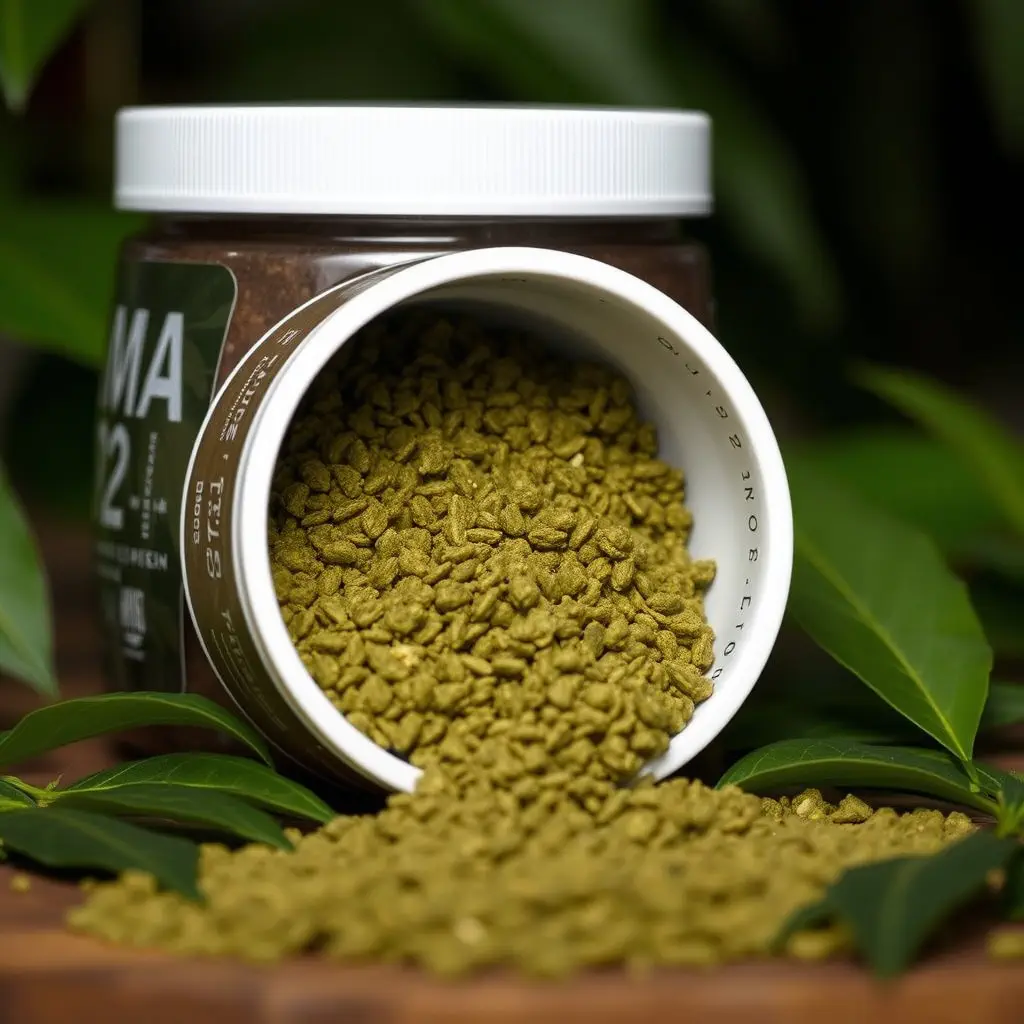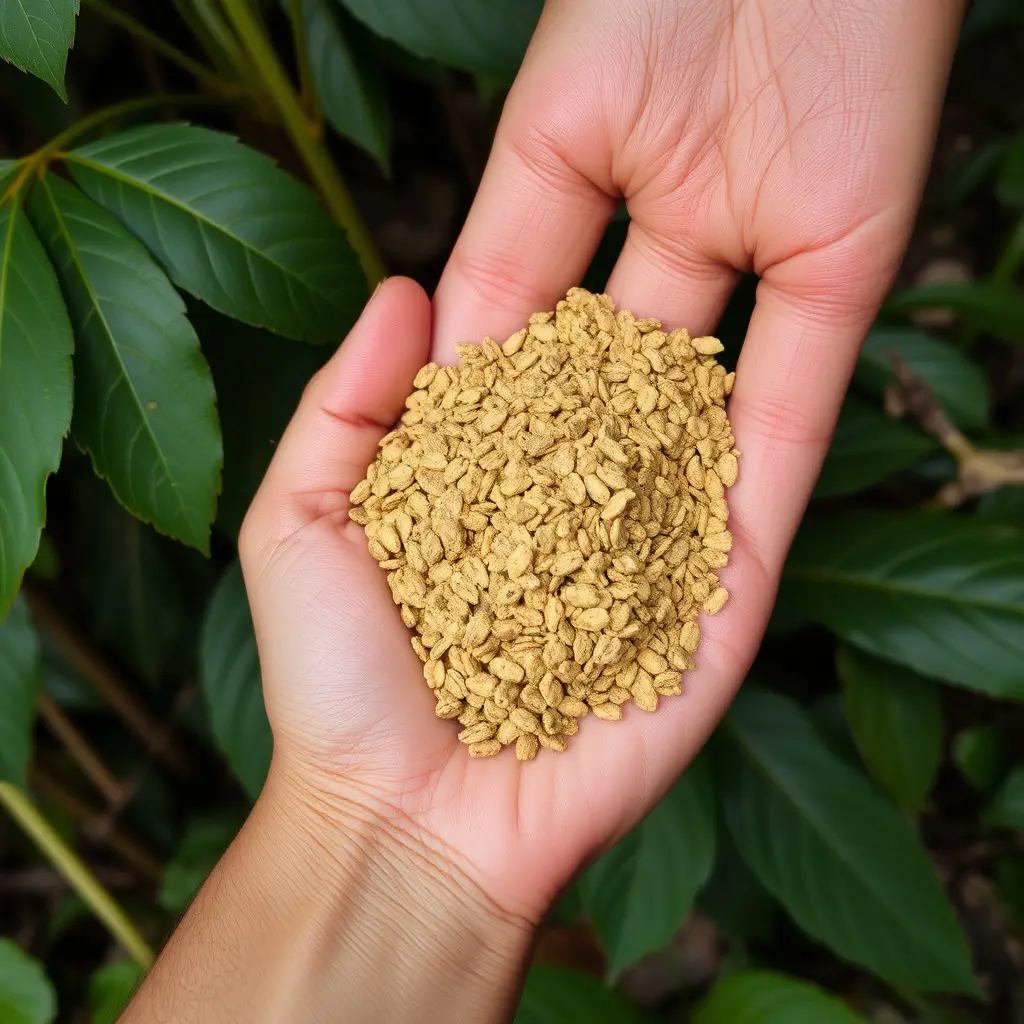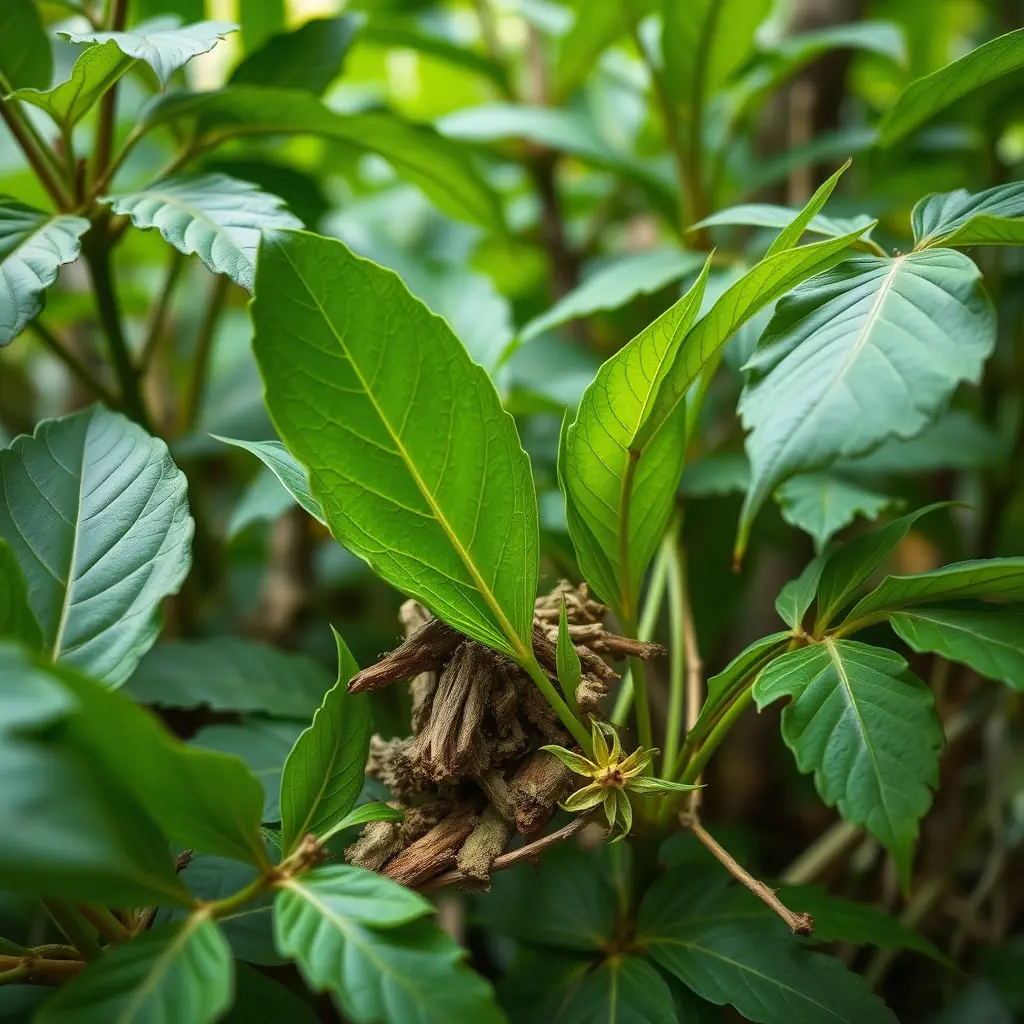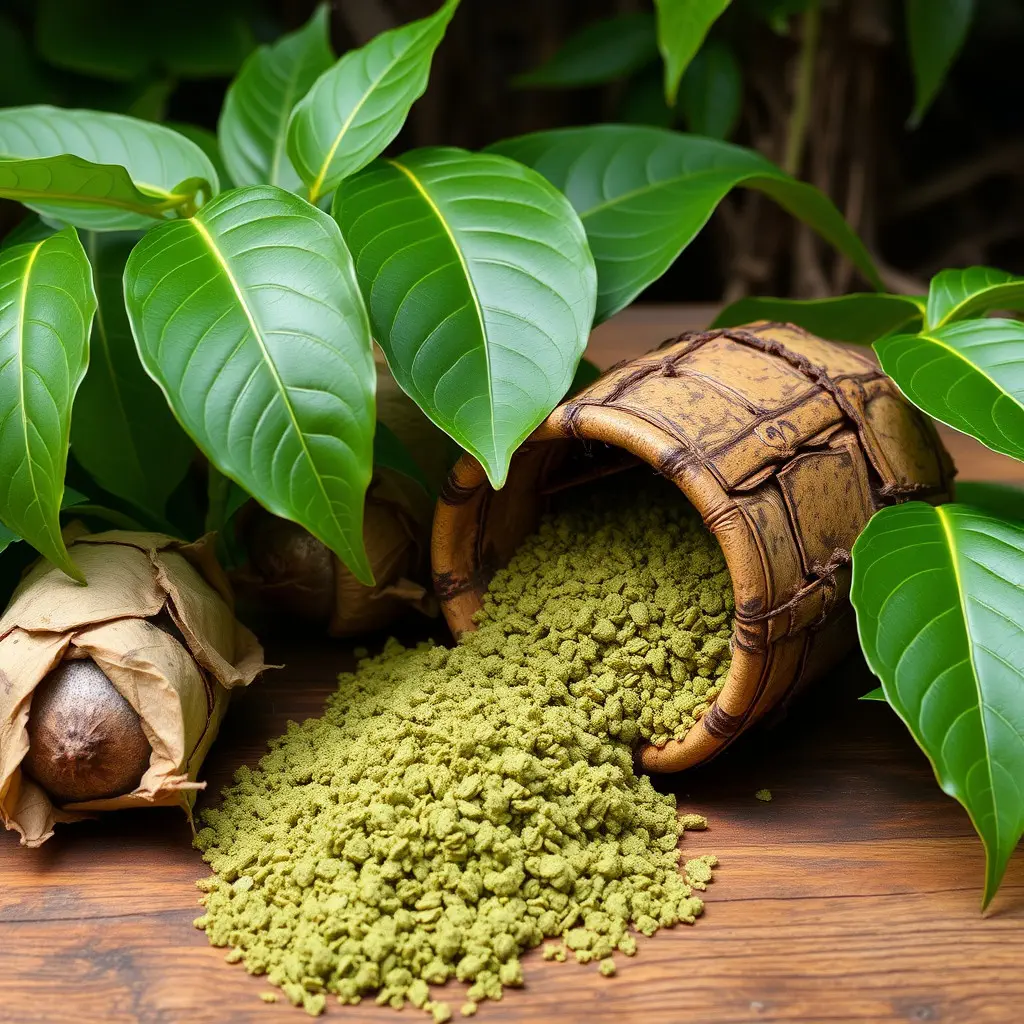Addiction treatment with kratom, derived from Mitragyna speciosa, is explored as a holistic recovery tool that may offer benefits for those transitioning from opioid dependence. Its alkaloids, mitragynine and 7-hydroxymitragynine, potentially interact with opioid receptors to provide pain relief and improve mood. A comprehensive treatment plan integrates kratom with established therapies like cognitive-behavioral therapy, meditation, and nutrition counseling, addressing both the physical and mental health aspects of addiction. Personalized care under healthcare professionals' guidance is crucial for safety and effectiveness, as kratom serves as a transitional aid to help individuals develop healthier coping strategies towards complete abstinence. The holistic recovery approach also includes lifestyle modifications such as nutritious eating, regular exercise, stress management, and building positive social connections to enhance treatment outcomes. While kratom holds potential for managing withdrawal symptoms and cravings with fewer side effects than traditional medications, its use should be carefully considered due to regulatory complexities and the risk of abuse or dependency. This multifaceted approach aims to support sustained sobriety and a significantly improved quality of life in individuals undergoing addiction treatment with kratom.
Holistic recovery emerges as a transformative approach in the realm of addiction treatment, harmonizing diverse modalities for sustained wellness. This article delves into the integration of Kratom within such strategies, examining its role in alleviating both the physical and psychological dimensions of Substance Use Disorders (SUDs). By exploring ‘Addiction treatment with kratom,’ we uncover a comprehensive recovery framework that synergizes conventional therapies with lifestyle modifications and judicious Kratom use. Join us as we navigate the intricacies of this multi-faceted approach to addiction recovery, offering insights into how it can be an invaluable tool for those on the path to healing.
- Integrating Kratom in Holistic Recovery Strategies for Sustainable Addiction Treatment
- The Role of Kratom in Addressing Physical and Psychological Aspects of Substance Use Disorders
- A Comprehensive Approach to Addiction Recovery: Combining Therapy, Lifestyle Changes, and Kratom Use
Integrating Kratom in Holistic Recovery Strategies for Sustainable Addiction Treatment

Kratom, a botanical derived from the leaves of Mitragyna speciosa, has emerged as a subject of interest within the holistic recovery community for addiction treatment. Its alkaloids, mitragynine and 7-hydroxymitragynine, are believed to interact with opioid receptors in the brain, providing pain relief and mood enhancement, which can be beneficial for individuals transitioning away from dependence on traditional opioids. Incorporating kratom into a holistic recovery strategy involves a careful and measured approach, considering its potential therapeutic effects alongside other complementary practices such as cognitive-behavioral therapy, meditation, and nutrition counseling. This integration aims to facilitate a more balanced and tailored treatment plan that addresses both the physiological and psychological aspects of addiction. It is crucial for individuals seeking this approach to consult with healthcare professionals who specialize in addiction treatment with kratom to ensure safety and efficacy. The goal is to use kratom as a stepping stone towards long-term recovery, eventually weaning off the substance entirely once its benefits have helped stabilize the individual’s well-being and they have developed healthier coping mechanisms and resilience against triggers that lead to substance abuse. Holistic recovery with kratom is not a one-size-fits-all solution; it requires personalized care, continuous monitoring, and adaptability to each individual’s unique needs and circumstances.
The Role of Kratom in Addressing Physical and Psychological Aspects of Substance Use Disorders

Holistic recovery approaches often incorporate a variety of therapies and substances to address both the physical and psychological aspects of substance use disorders effectively. One such component that has gained attention in addiction treatment with kratom is its potential to alleviate withdrawal symptoms and cravings. Kratom, derived from the leaves of Mitragyna speciosa, interacts with the brain’s opioid receptors, which can help mitigate the pain associated with detoxification. This action makes it a valuable tool in managing physical symptoms during recovery, allowing individuals to endure the initial stages of treatment more comfortably.
Beyond its role in physical healing, kratom may also play a significant part in addressing the psychological components of addiction. The substance has been studied for its potential mood-elevating effects, which could be beneficial for individuals suffering from depression or anxiety often comorbid with substance use disorders. Moreover, its ability to promote a sense of well-being and reduce stress can complement cognitive-behavioral therapies and other mental health interventions within an integrated treatment plan. As research continues to evolve, the role of kratom in addiction treatment with kratom is becoming increasingly clear; it holds promise as a holistic solution that targets both the physical and psychological challenges faced by those on the path to recovery.
A Comprehensive Approach to Addiction Recovery: Combining Therapy, Lifestyle Changes, and Kratom Use

Holistic recovery from addiction encompasses a multifaceted approach that transcends conventional treatment methods by integrating therapeutic interventions with lifestyle modifications and the cautious use of alternative substances like kratom. This comprehensive strategy is designed to address the physical, emotional, and psychological aspects of substance dependency. Traditional addiction treatment often focuses solely on abstinence and relapse prevention; however, the holistic approach goes beyond this by incorporating therapy that may include cognitive-behavioral techniques, dialectical behavior therapy, or motivational interviewing to help individuals understand their behaviors, triggers, and thought patterns associated with addiction.
In parallel with therapeutic practices, a holistic recovery plan emphasizes the importance of lifestyle changes conducive to wellness. This includes balanced nutrition, regular physical activity, stress management techniques, and engaging in meaningful social interactions. These elements are crucial for promoting overall health and can significantly enhance the effectiveness of addiction treatment. Furthermore, within this framework, some individuals may explore the use of kratom as a natural supplement to aid in their recovery journey. Kratom, derived from the leaves of the Mitragyna speciosa tree, has been studied for its potential to alleviate withdrawal symptoms and manage cravings without the negative side effects often associated with traditional medications. It is imperative that any use of kratom is done under medical supervision due to its regulatory status and potential for abuse or dependency. By adopting a holistic recovery approach that includes addiction treatment with kratom, individuals can work towards sustainable sobriety and improved quality of life.
Holistic recovery strategies that integrate kratom may offer a promising avenue for addressing substance use disorders. By considering its role in both the physical and psychological aspects of addiction, a comprehensive approach to recovery becomes more accessible and potentially more sustainable than traditional methods alone. The integration of therapy, lifestyle changes, and carefully managed kratom use can provide a well-rounded treatment plan that acknowledges the multifaceted nature of addiction. For those seeking an effective addiction treatment with kratom, it is clear that a thoughtful combination of interventions could pave the way for healthier outcomes in recovery journeys. It is with this nuanced understanding that individuals can find hope and a path forward in overcoming their substance use disorders.






